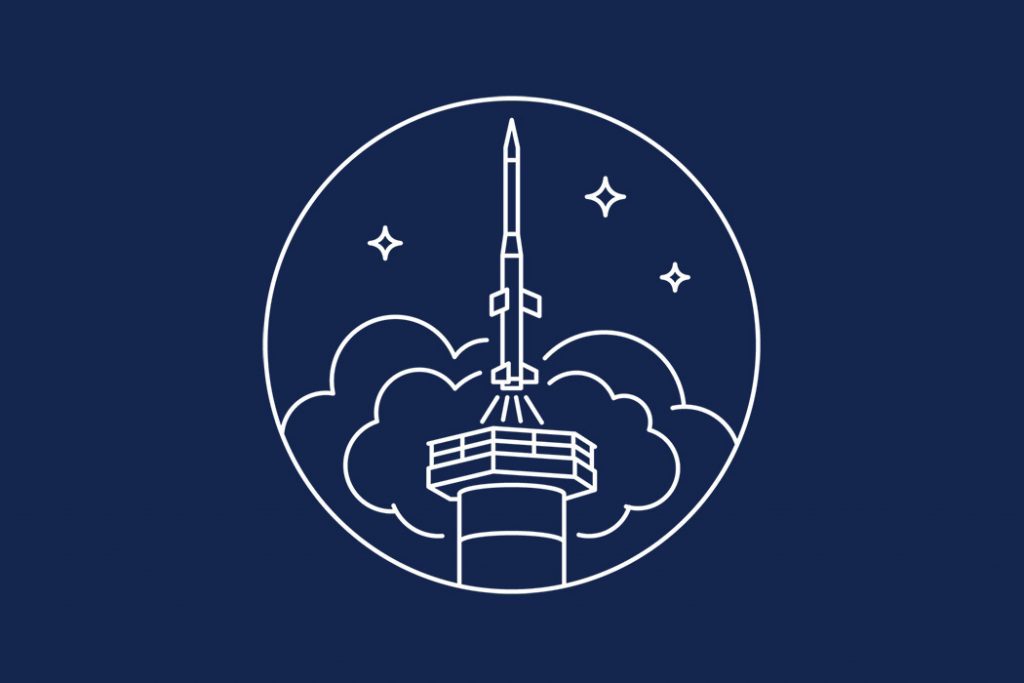The project
The TEXUS project is a sounding rocket program with the primary aim to investigate the properties and behaviour of materials, chemicals and biological substances in a microgravity environment. The TEXUS program gives around six minutes of microgravity.
The TEXUS programme started in 1977 and is carried out at the Esrange Space Center jointly by DLR and EADS Astrium. SSC is responsible for the launch operations. The TEXUS campaigns are financed by ESA, sometimes jointly with DLR.
TEXUS 49
The rocket vehicle Skylark 7 was used very successfully for the first 25 years until the motor was no longer available. The Brazilian motor VSB-30 has been used for the TEXUS programme since 2005 and will be used to launch the TEXUS 49 payload to around 270 km altitude.
The TEXUS 49 payload carries three experiment modules on-board in which four different experiments are performed. This campaign is funded by DLR.
General information
| Launch site | Esrange Space Center |
| Launch date | March 29, 2011 at 06:01 LT |
Technical information
| Rocket type | VSB 30 rocket |
| Nominal diameter | 557 mm |
| Total weight | 1265 kg |
| Apogee | ~268 km |
Experiment modules
| Module | Experimenter | Remark |
| TEM EML-4 | Dr D Herlach et al DLR Köln Dr M Kolbe et al DLR Köln |
Re-flight and adaption from TEXUS 46 |
| TEM 06-23 | Dr Zimmerman ACCESS Aachen | Re-flight and adaption from TEXUS 47 |
| TEM 06-16 | Prof Dr O Ullrich Universität Magdeburg | Adaption from TEXUS 39 and TEXUS 41 |
Contact persons
Mr. Tomas Hedqvist, Project manager, SSC
Mr. Andreas Schütte, Project manager, EADS-Space Transportation
Dr. Otfried Joop, Project Manager, DLR
Mr. Peter Turner, Campaign manager, DLR
Mr. Horst Pfeuffer; KT payload integration manager, Kayser-Threde

